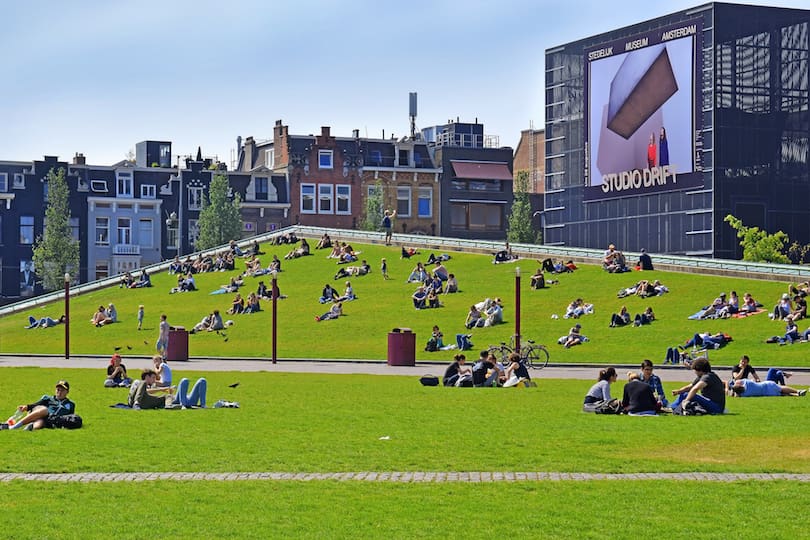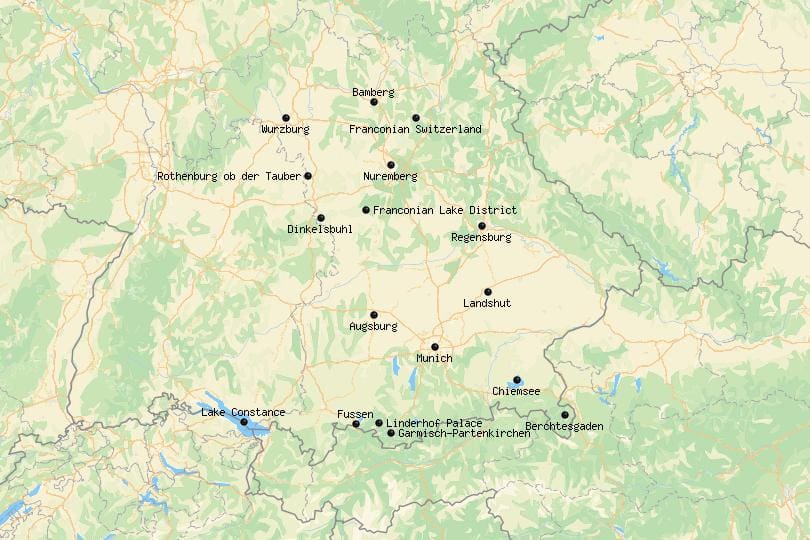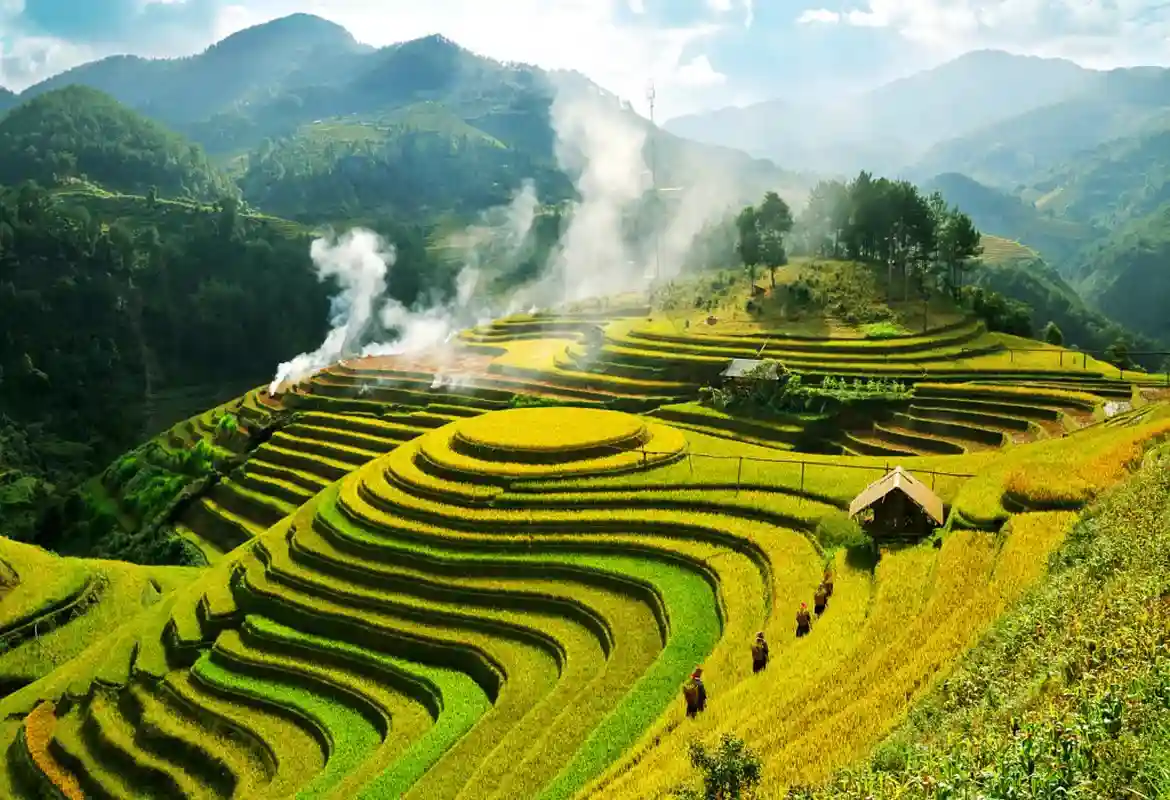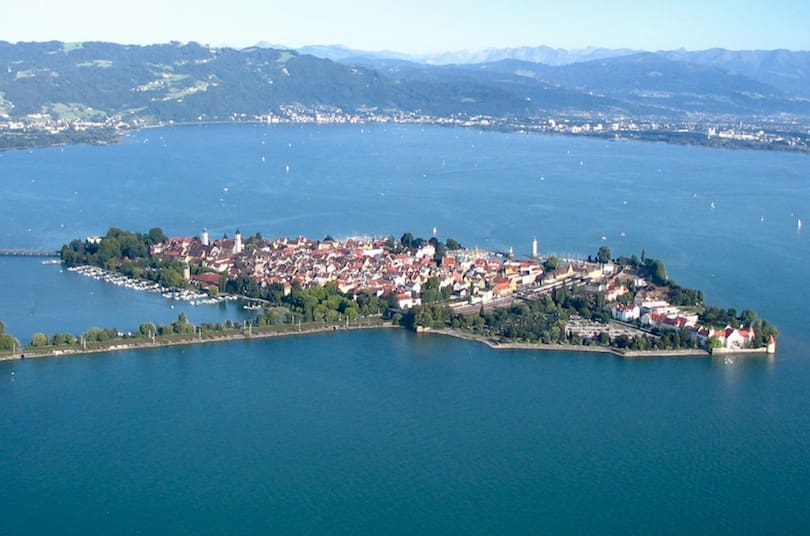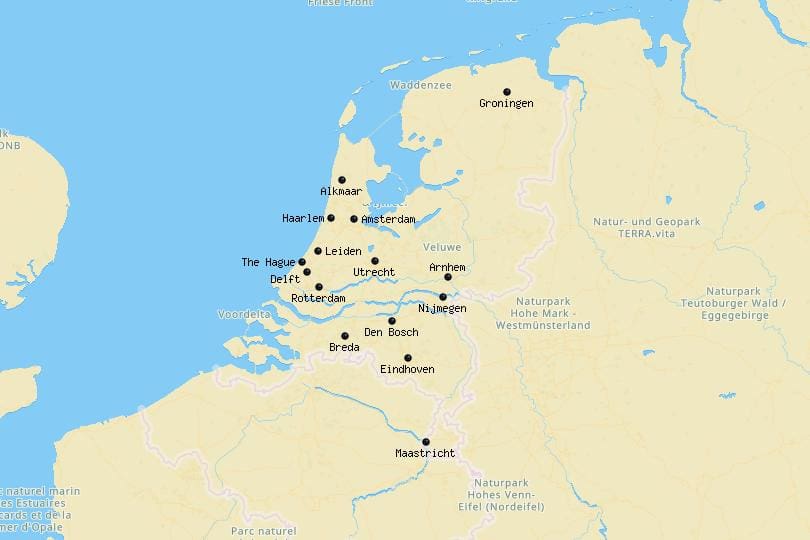Nestled in the picturesque Pir Panjal range of the Himalayas, Poonch is a serene district in the Union Territory of Jammu and Kashmir. Known for its lush green valleys, snow-capped peaks, and rich cultural heritage, Poonch offers a perfect blend of natural beauty, history, and spirituality. Often referred to as the “Land of Legends,” Poonch is steeped in folklore, ancient ruins, and breathtaking landscapes. Whether you’re a nature lover, history enthusiast, or spiritual seeker, Poonch has something for everyone. In this article, we will explore the top 5 places to visit in Poonch , uncovering the attractions that make this destination truly enchanting.
1. Poonch Fort (Peer Kho): A Historical Marvel
Poonch Fort , also known as Peer Kho , is one of the most iconic landmarks in Poonch. Perched on a hilltop, this ancient fort dates back to the 18th century and offers panoramic views of the surrounding valleys and mountains. It is a must-visit destination for history enthusiasts and adventure seekers alike.
Why Visit Poonch Fort?
The fort is steeped in history and legend, with its roots dating back centuries. Its imposing walls, intricate carvings, and strategic location make it a fascinating destination for exploration.
Activities to Enjoy
- Exploration: Wander through the fort’s ruins and learn about its rich history through guided tours.
- Photography: Capture the fort’s grandeur and the scenic views of the surrounding landscape.
- Trekking: Embark on a trek to the top of the hill for breathtaking views of the Pir Panjal Range.
Detailed Exploration of Poonch Fort
Poonch Fort was built by Raja Abdul Razak Khan and served as a defense stronghold against invading forces. The fort’s architecture reflects traditional Rajput design, with its massive stone walls, bastions, and sloping roofs. Inside, remnants of old palaces, temples, and granaries tell stories of the region’s glorious past.
One of the unique features of Poonch Fort is its location , as it is situated amidst dense forests, providing natural defense against invaders. Visitors can admire the intricate details of the fort’s structure and capture stunning photographs against the backdrop of the lush greenery and flowing rivers.
The area around Poonch Fort is dotted with small shrines and temples, making it a popular pilgrimage site. During festivals like Navratri and Diwali , the temple premises are adorned with flowers and lights, creating a festive atmosphere.
For photographers, Poonch Fort offers endless opportunities to capture its architectural beauty. The interplay of light and shadow, combined with the symmetry of the structure, creates visually striking compositions. Visitors are encouraged to explore every angle to fully appreciate its grandeur.
2. Nandini Wildlife Sanctuary: A Nature Lover’s Paradise
Nandini Wildlife Sanctuary , located near Poonch, is a haven for wildlife enthusiasts and nature lovers. Spread over an area of approximately 33 square kilometers, this sanctuary is home to a diverse range of flora and fauna, including leopards, bears, deer, and numerous bird species.
Why Visit Nandini Wildlife Sanctuary?
The sanctuary offers a refreshing escape into nature, with its lush forests, rolling hills, and vibrant wildlife. Its tranquil ambiance makes it an ideal destination for relaxation and introspection.
Activities to Enjoy
- Wildlife Spotting: Spot rare animal species like leopards, bears, and deer.
- Birdwatching: Observe a variety of bird species, including migratory ones like pheasants and partridges.
- Trekking: Explore the sanctuary’s trails and enjoy the fresh mountain air.
Detailed Exploration of Nandini Wildlife Sanctuary
Nandini Wildlife Sanctuary is nestled amidst dense forests and rolling hills, offering breathtaking views of the surrounding valleys and distant peaks. The sanctuary is home to a wide variety of wildlife, including leopards, bears, deer, and numerous bird species, making it a paradise for wildlife enthusiasts.
One of the main attractions of Nandini Wildlife Sanctuary is its trekking trails , which wind through the forest and lead to hidden viewpoints. These trails provide stunning views of the valley below and are suitable for both beginners and experienced hikers. Adventure camps are also available for groups and families, providing a complete package of excitement and relaxation.
The area around Nandini Wildlife Sanctuary is also home to several ancient shrines and meditation caves, adding a spiritual dimension to the journey. Visitors can explore sites like the Nandini Temple , a serene plateau surrounded by towering peaks.
For photographers, Nandini Wildlife Sanctuary offers endless opportunities to capture its natural beauty. The interplay of light and shadow, combined with the backdrop of the misty hills, creates visually striking compositions. Visitors are encouraged to bring cameras to capture these beautiful moments.
3. Surankote: A Picturesque Retreat
Surankote , located approximately 80 kilometers from Poonch town, is a charming hill station known for its lush greenery, rolling hills, and serene ambiance. Often referred to as the “Mini Kashmir,” Surankote is a must-visit destination for those seeking tranquility and natural beauty.
Why Visit Surankote?
The hill station offers a refreshing escape from the heat of the plains, with its cool climate and pristine environment. Its vibrant markets, scenic viewpoints, and trekking trails make it an ideal destination for relaxation and exploration.
Activities to Enjoy
- Nature Walks: Take a leisurely stroll along the trails and enjoy the fresh mountain air.
- Photography: Capture the serene waters and scenic views of the surrounding landscape.
- Adventure Sports: Try activities like zip-lining and rock climbing.
Detailed Exploration of Surankote
Surankote is perched at an altitude of approximately 6,000 feet, offering breathtaking views of the surrounding valleys and distant peaks. The hill station’s winding roads are flanked by dense forests, creating a secluded and serene setting. Visitors can sit by the roadside and watch clouds drift across the sky or simply enjoy the tranquility of nature.
One of the main attractions of Surankote is its trekking trails , which wind through the forest and lead to hidden viewpoints. These trails provide stunning views of the valley below and are suitable for both beginners and experienced hikers. Adventure camps are also available for groups and families, providing a complete package of excitement and relaxation.
The area around Surankote is also home to several ancient shrines and meditation caves, adding a spiritual dimension to the journey. Visitors can explore sites like the Christ Church , a serene plateau surrounded by towering peaks.
For photographers, Surankote offers endless opportunities to capture its natural beauty. The interplay of light and shadow, combined with the backdrop of the misty hills, creates visually striking compositions. Visitors are encouraged to bring cameras to capture these beautiful moments.
4. Krishna Devi Temple: A Spiritual Gem
Krishna Devi Temple , located near Poonch, is a revered shrine dedicated to Goddess Krishna Devi, an incarnation of Durga. Known for its ancient idol and vibrant festivals, this temple attracts thousands of devotees and tourists every year. Its serene ambiance and architectural beauty make it a must-visit destination for spiritual seekers and history enthusiasts.
Why Visit Krishna Devi Temple?
The temple is steeped in mythology and legend, with its roots dating back centuries. Its towering spires, intricate carvings, and sacred relics offer a glimpse into the region’s rich spiritual heritage.
Activities to Enjoy
- Spiritual Practices: Seek blessings from Goddess Krishna Devi and participate in daily rituals.
- Exploration: Wander through the temple’s grounds and admire its intricate carvings and towering spires.
- Photography: Capture the temple’s grandeur and the surrounding landscape.
Detailed Exploration of Krishna Devi Temple
Krishna Devi Temple is perched on a hilltop, offering breathtaking views of the surrounding countryside. The temple’s architecture reflects the elegance of traditional Indian design, with its towering spires, ribbed domes, and intricate carvings. Inside, the prayer hall is adorned with ornate chandeliers, hand-painted murals, and antique furniture, creating a regal ambiance.
One of the highlights of Krishna Devi Temple is its exhibition hall , which showcases photographs, letters, and personal belongings of saints and spiritual leaders. These exhibits provide a poignant reminder of the sacrifices made by India’s armed forces and inspire visitors to reflect on the true meaning of courage and patriotism.
The temple also hosts annual events like Maha Shivaratri , which commemorate the victory of good over evil. During these celebrations, the temple is adorned with flowers, lights, and decorations, creating a festive atmosphere. Traditional music and dance performances add to the cultural richness of the event.
For photographers, Krishna Devi Temple offers endless opportunities to capture its architectural beauty. The play of light and shadow, combined with the symmetry of the structure, creates visually striking compositions. Visitors are encouraged to explore every angle to fully appreciate its grandeur.
5. Mandi: A Cultural Extravaganza
Mandi , located near Poonch, is a vibrant town known for its rich cultural heritage, ancient temples, and bustling markets. Often referred to as the “Varanasi of Jammu and Kashmir,” Mandi is a must-visit destination for those seeking a deeper understanding of the region’s traditions and way of life.
Why Visit Mandi?
The town is not only a hub of entertainment but also a center of cultural preservation. Its vibrant festivals, intricate artifacts, and soulful melodies create an unforgettable experience for visitors.
Activities to Enjoy
- Cultural Immersion: Explore interactive exhibits showcasing the art, music, and traditions of the region.
- Photography: Capture the vibrant costumes and energetic dances of the performers.
- Shopping: Purchase handmade crafts and souvenirs inspired by local art forms.
Detailed Exploration of Mandi
Mandi is a fine example of traditional architecture, with its sprawling courtyards, ornate balconies, and beautifully painted walls. Inside, the town is divided into several sections, each dedicated to a specific aspect of the region’s culture, including tribal art, music, dance, and lifestyle.
One of the highlights of Mandi is its performances , which include traditional dances like Nati and Dhaman , accompanied by soulful melodies played on instruments like the ektara and dholak . Artists dressed in colorful attire perform energetic dances, adding color and vibrancy to the celebrations.
The town also hosts annual festivals like Navratri and Diwali , where artists perform traditional music and dance. These performances add color and vibrancy to the celebrations, making them a memorable experience for visitors.
For photographers, Mandi offers endless opportunities to capture its architectural beauty. The interplay of light and shadow, combined with the symmetry of the structure, creates visually striking compositions. Visitors are encouraged to explore every angle to fully appreciate its grandeur.
A Glimpse into Poonch’s Culture and Traditions
Poonch is a town where tradition meets modernity. Its vibrant culture is reflected in its festivals, art, and cuisine. Events like Eid , Diwali , and Lohri are celebrated with great enthusiasm, bringing the community together in joy and harmony.
“Poonch’s culture is a tapestry woven with threads of history, faith, and creativity. It is a place where the past and present converge, creating a unique and enchanting experience.”
Detailed Exploration of Poonch’s Culture
The cultural landscape of Poonch is shaped by its diverse population, which includes Hindus, Muslims, and Sikhs. Festivals are an integral part of life here, and each celebration has its unique customs and rituals. For example, during Lohri , people gather around bonfires, sing folk songs, and celebrate the harvest season.
Music and dance play a significant role in Poonch’s cultural identity. Folk songs like mand and maand narrate tales of love, bravery, and daily life. Traditional dances such as Ghoomar and Kalbeliya are performed during weddings and festivals, adding color and vibrancy to celebrations.
Cuisine in Poonch is simple yet flavorful, with an emphasis on fresh ingredients and traditional recipes. Staples like rajma-chawal , kadhi-chawal , and roti-sabzi are prepared using age-old techniques. Street food stalls offer delicacies like chole bhature , momos , and singju , which are loved by locals and tourists alike.
Conclusion
Poonch may not be as well-known as other tourist destinations in Jammu and Kashmir, but it is undoubtedly a gem worth exploring. From the historical significance of Poonch Fort to the natural beauty of Surankote , each destination offers a unique experience that captures the essence of this enchanting region. By visiting these top 5 places to visit in Poonch , travelers can immerse themselves in the rich tapestry of history, culture, and natural beauty that defines this remarkable area.
Whether you are planning a solo trip, a family vacation, or a weekend getaway, Poonch promises an unforgettable journey filled with discovery and wonder.
Frequently Asked Questions (FAQs)
- What is the best time to visit Poonch?
- The best time to visit Poonch is between March and October when the weather is pleasant and the skies are clear.
- How to reach Poonch?
- Poonch is accessible by road. The nearest airport is in Jammu, approximately 180 kilometers away. Regular bus services and private taxis are also available from nearby cities.
- Are there luxury accommodations in Poonch?
- While Poonch primarily offers budget-friendly guesthouses, there are a few mid-range hotels and resorts available.
- Is Poonch safe for tourists?
- Yes, Poonch is generally safe for tourists. However, it is advisable to take standard precautions and respect local customs.
- What languages are spoken in Poonch?
- The primary languages spoken in Poonch are Hindi, Urdu, and Pahari.
- Can I visit Poonch during monsoon season?
- Monsoon visits are possible but challenging due to heavy rainfall and occasional landslides.
- What are some must-try foods in Poonch?
- Must-try dishes include rajma-chawal , kadhi-chawal , roti-sabzi , and chole bhature . Local street food like momos and singju is also popular.
- Are there any wildlife sanctuaries near Poonch?
- Yes, the Nandini Wildlife Sanctuary is located within driving distance.
- Is Poonch suitable for solo female travelers?
- With proper planning and precautions, Poonch can be a safe destination for solo female travelers.
- What souvenirs can I buy in Poonch?
- Handmade crafts, traditional jewelry, and local spices make excellent souvenirs.





